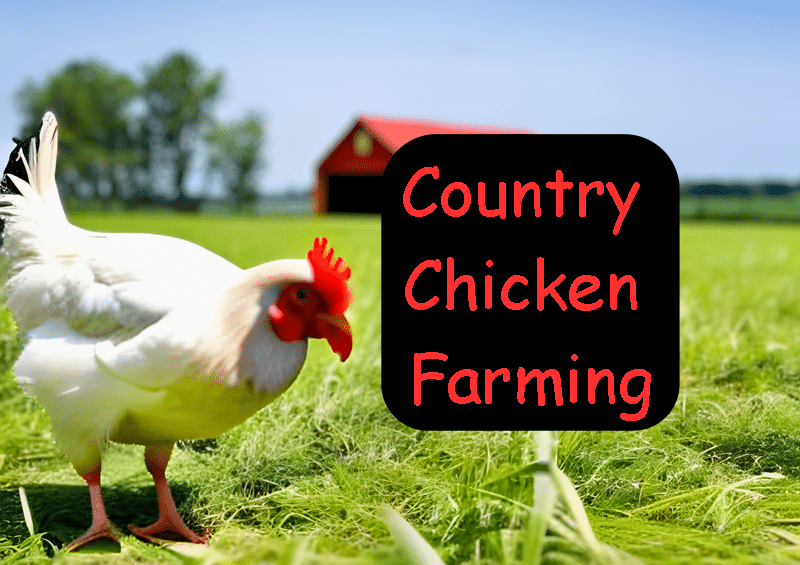The poultry industry is currently booming and has come a long way to fulfil the demands of customers. But, when it comes to the healthiest form of poultry products like country chicken and country eggs, it has been an interesting journey to look back upon – The history of country chicken farming.
Chicken farming history
Chickens were initially domesticated in India and parts of southeast Asia, two to four centuries ago where they provided farmers with a consistent supply of eggs and meat. (Occasionally they were grown for their feather to make unique bedding materials) But, they were limited to private farms of a few families and households having backyards to grow their flock (Backyard chicken farming). But after the advent of industrial agriculture, the poultry production process scaled up for better efficiency and lower operational costs. This gave raise to two different forms of poultry farming.
Did you know? – Chickens were considered sacred animals in ancient Egypt and were often mummified and buried with their owners.
Different forms of chicken farming
In one system, many chickens are placed in coops and battery cages, which are usually closed spaces with almost no natural ventilation. The efficiency of processing meat to keep up with the demand and preserve them for long-distance journeys became the paramount priority. According to the World Watch Institute, 74 percent of the world’s poultry meat, and 68 percent of eggs are produced intensively.
Another school of thought promotes the chickens to move around freely (also called as free-run poultry farming) in their natural habitat, due to which they develop resistance to diseases. They have lower stocking densities, where the chickens are not cramped into a space with no natural ventilation. They have a richer environment with natural light or straw bales that encourage foraging and perching. The chickens grow more slowly and live for up to two weeks longer than intensively farmed birds. The benefits of higher welfare indoor systems are the reduced growth rate, less crowding and more opportunities for natural behaviour. On the contrary, the over-exposure of chickens in the wild may prove to be counter-productive, as they get easily infected with diseases or get eaten by predators instead.
Chicken farming after the covid era
After the covid era, people have started to become more health conscious and opt for sustainable and natural food products. This has caused a resurgence of country chicken farming. There is an increasing trend observed among urban communities to prefer locally sourced food. Backyard chicken farming is often seen as a way to promote self-sufficiency and reduce reliance on industrial agriculture. It also provides a source of income and food security for small farmers and rural communities, who may not have access to larger markets or the resources to invest in large-scale commercial operations.
Many urban folks have shown a great inclination to subsistence farming (where the product is for personal consumption and not for trade). The sustainable form of country chicken farming is also getting popular as a form of subsistence farming, where the consumer knows first-hand that their chickens are not given any hormones or antibiotics for unnatural growth. Actual poultry-to-fork experience.
In addition to its practical benefits, backyard chicken farming is also valued for its environmental and social benefits. It allows for the use of organic and sustainable farming practices, reduces food waste by using kitchen scraps and other leftovers to feed chickens, and provides a source of fresh, high-quality eggs and meat.
Conclusion
Epicure provides the finest country chickens which are farmed sensibly and sustainably. It caters to the population where chicken is not just considered as a protein source, but also as an emotion to connect with nature.




